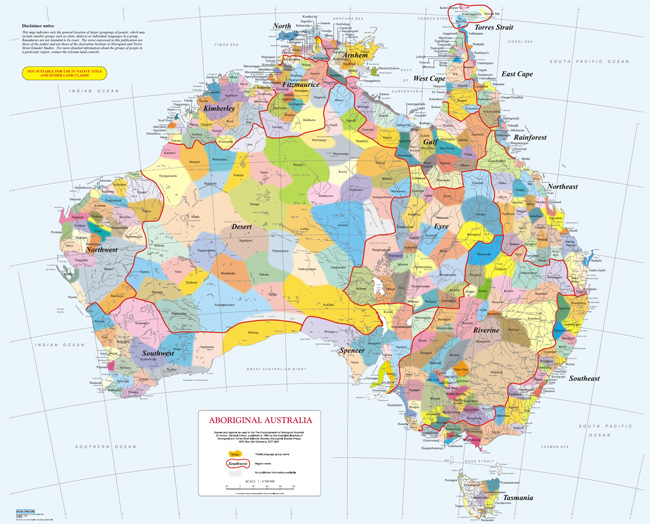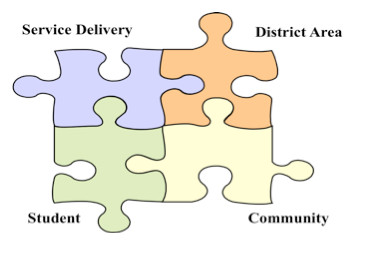Pages under this menu item:
First Page under this menu item:
About Project
Indigenous Online Cultural Teaching and Sharing ALTC Grant
Vision
This project is to develop online learning tools to incorporate community Elder, student and staff narratives into a workshop and game environment for cross-cultural learning, focusing on the different responsibilities in Aboriginal society and the impact this has on Aboriginal people. Mainstream students at university will have this material embed in relevant scenarios to learn about cross-cultural issues relevant to their future profession.
- Identify themes important for cross-cultural awareness. This will be based on workshops held with Elders from NSW communities and will initiate curriculum renewal in this area.
- Development of teaching framework across three professional areas for training non-Indigenous students in relevant cross-cultural awareness.
- Identification of experiential categories are considered critical by staff and students for conveying their experiences of modern society in a game format.
- Analysis of structure used for community narrative telling and the success of the interface as a learning tool. This will be carried out when the final repository of stories is used in a combined class, with a questionnaire.
- Human Computer Interaction study of novice users to design the learning tools. This will be extracted from a question and answer based study of students and will expand on previous research
- Presentation of papers on four themes above to Aboriginal Education conferences and computing and education journals and conferences.
- Set up pilot kinship learning site to include the teaching framework, teaching notes that describe how to use the software and how it can link to the overall learning at the 'cultural interface', and an ongoing repository of workshop experiences and feedback.
- Provide embedding system for second learning domain using repository or narratives from a previous collection project and prototype multi-user game.
- Release the website module and game as open-source learning tools designed for the flexible creation of a community narrative and contemporary study of Aboriginal culture.





 With the exception of the Commonwealth Coat of Arms, and where otherwise noted, all material presented in this document is provided under a
With the exception of the Commonwealth Coat of Arms, and where otherwise noted, all material presented in this document is provided under a